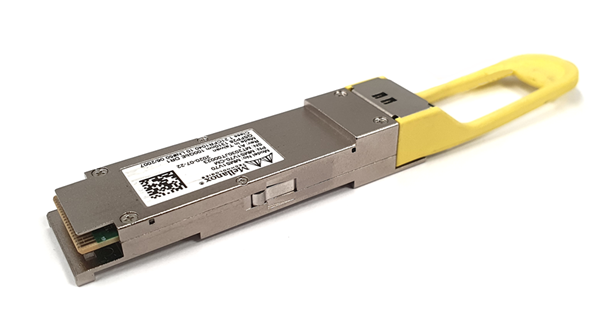A transceiver is a device that combines both transmitter and receiver functions in a single unit. It is commonly used in various communication systems to transmit and receive signals, typically in the form of electromagnetic waves or electrical signals.
Transceiver: A Crucial Role of Telecommunication
Transceivers play a crucial role in telecommunications, computer networking, and wireless communication technologies. They are used in a wide range of applications, including radio communication, television broadcasting, satellite communication, wireless networking (such as Wi-Fi), cellular networks (such as smartphones), and many other communication systems.
The transmitter part of a transceiver is responsible for converting information or data into a suitable form for transmission. It processes the signals, modulates them onto a carrier wave, and amplifies the resulting signal to an appropriate power level for transmission.
The receiver part of a transceiver is responsible for capturing and demodulating the received signals. It performs tasks such as signal amplification, filtering, demodulation, and decoding to extract the original information or data from the received signals.
Transceivers can be implemented using various technologies, depending on the specific application. For example, in wireless communication, transceivers may use radio frequency (RF) technology, while in wired communication, they may utilize electrical or optical signals.
Overall, transceivers are essential components in modern communication systems, enabling bidirectional communication by integrating both transmission and reception functions into a single device.
Features and Functionalities of Transceiver
Transceivers can vary in terms of their features depending on the specific application and technology used. However, here are some common features you can find in transceivers:
- Transmission and Reception:
Transceivers combine the functionality of both a transmitter and a receiver in a single device, allowing bidirectional communication. They can transmit signals and receive incoming signals simultaneously.
- Frequency Range:
Transceivers operate within specific frequency ranges, which can vary depending on the application. For example, radio transceivers can cover a wide range of frequencies, from a few kilohertz (kHz) to gigahertz (GHz), while optical transceivers may operate in the range of terahertz (THz).
- Modulation Schemes:
Transceivers support various modulation schemes to encode information onto the carrier wave. Common modulation schemes include amplitude modulation (AM), frequency modulation (FM), phase modulation (PM), and more advanced techniques such as quadrature amplitude modulation (QAM).
- Data Rate:
Transceivers have specific data rate capabilities, indicating the maximum speed at which they can transmit and receive data. Higher data rates allow for faster communication and data transfer.
- Signal Processing:
Transceivers often incorporate signal processing capabilities to enhance the quality and reliability of transmitted and received signals. Signal processing algorithms may include error correction, equalization, noise filtering, and channel coding techniques.
- Interface and Connectivity:
Transceivers are designed to connect with other devices or networks. They may have standard interfaces such as USB, Ethernet, or wireless protocols like Wi-Fi or Bluetooth, enabling seamless integration with various systems.
Final Words!
It’s important to note that the features of a transceiver can vary significantly depending on the technology used, such as radio frequency (RF), optical, or wired transceivers. These features mentioned above provide a general overview of what you may find in transceiver devices, but specific transceivers may have additional functionalities tailored to their intended use.










